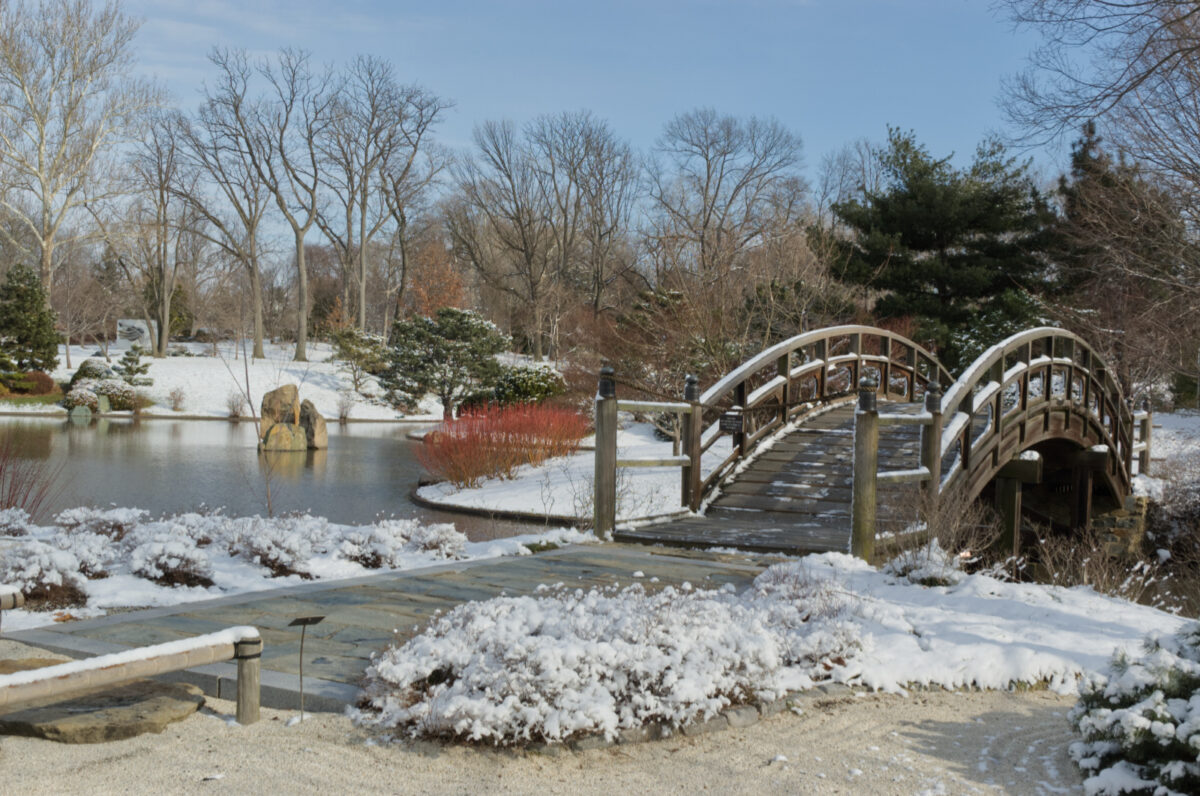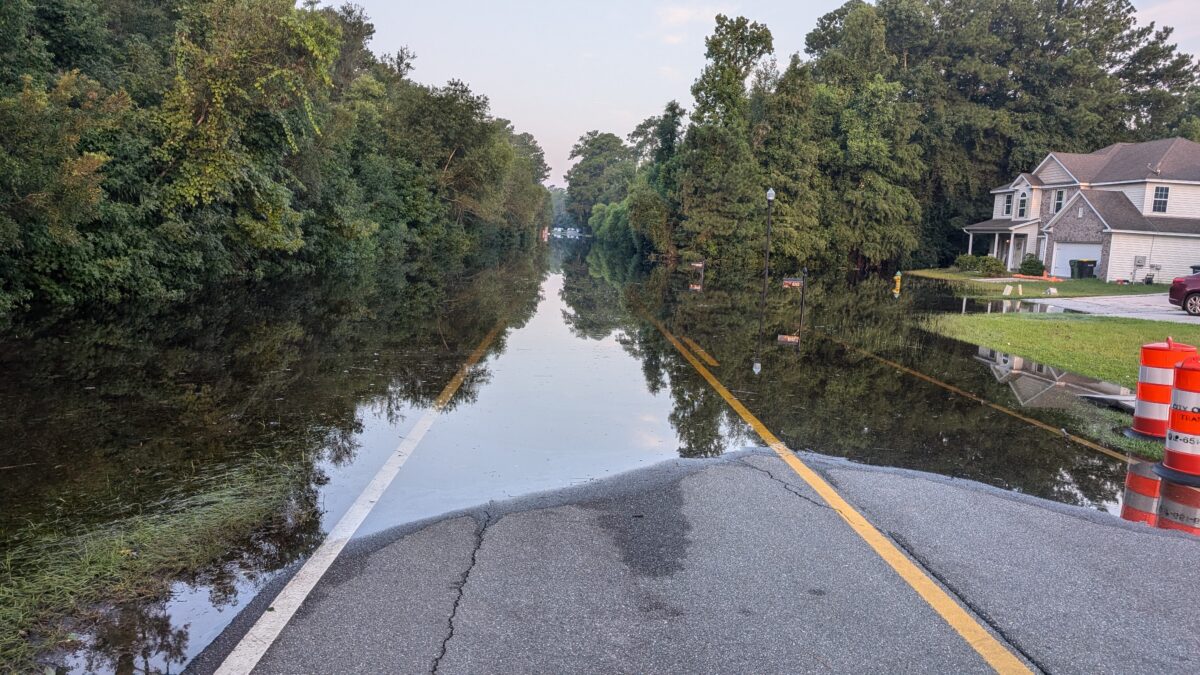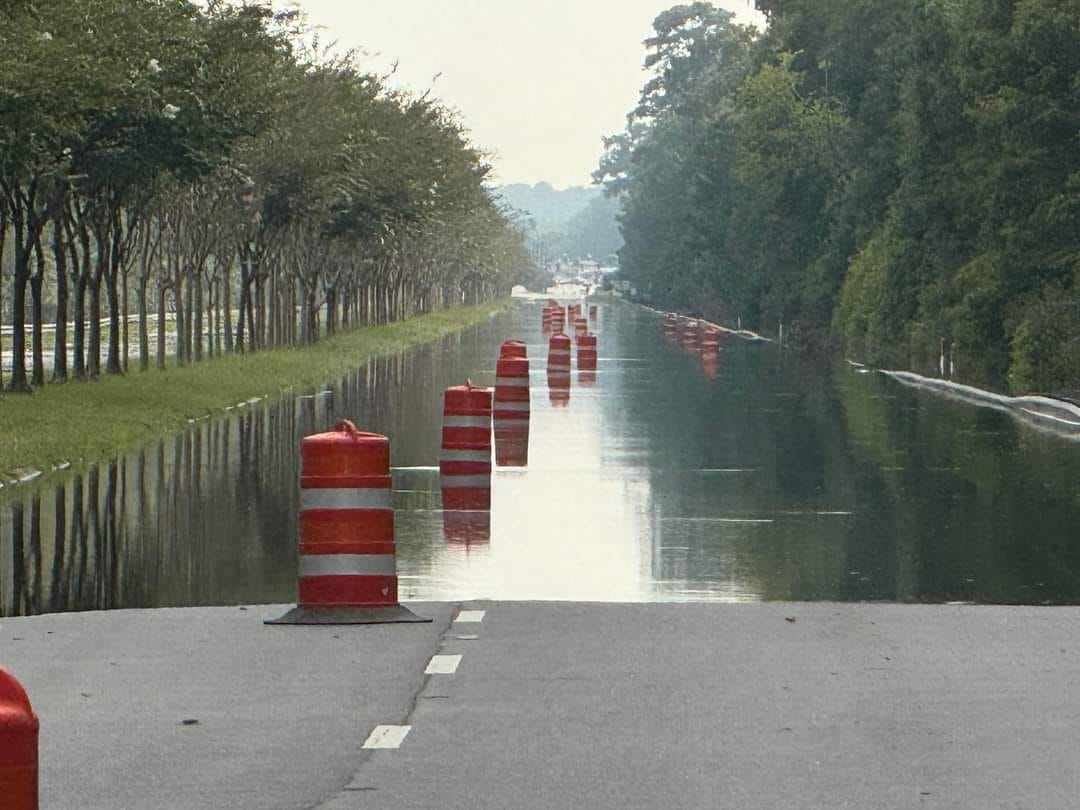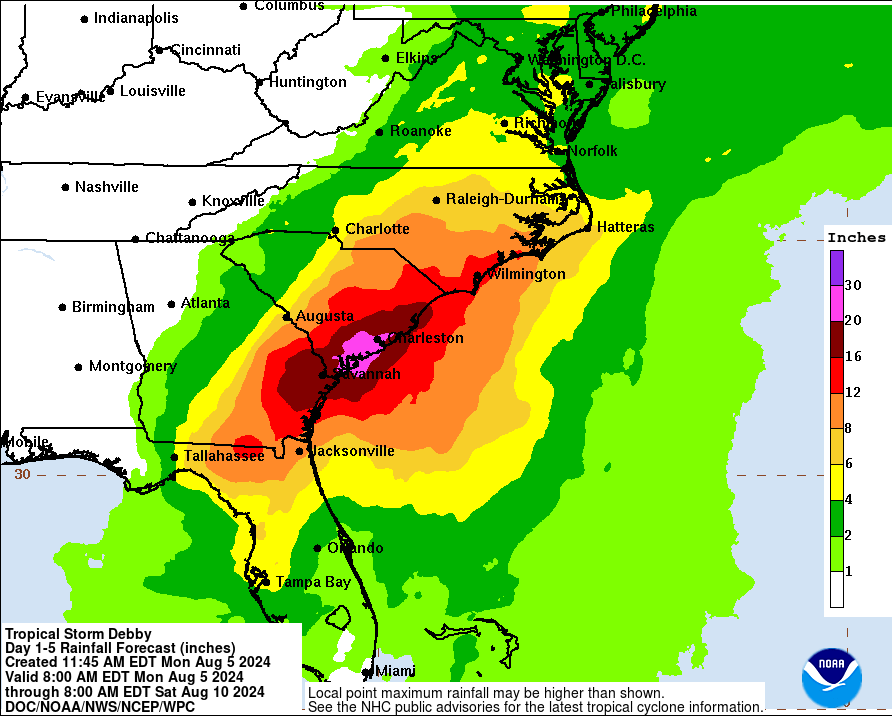Silent Sunday Jan 19 2025



People living across a state line from each other but impacted by the same disaster would receive drastically different help. Does this sound fair to you?

This morning, at the crack of dawn, I braved the heat and humidity to walk down to see the flooding on Chief of Love Road. A police car blocked one lane into the road, but folks could get around it to reach the non-flooded homes. However, cars were parked over the sidewalks in order to […]

The Ogeechee river still hasn’t fully crested yet in the Savannah area. All the roads around my home are now closed, either completely or to thru traffic. We’re not at risk of flooding, but others aren’t as lucky. River records were broken in Ellabell and Richmond Hill. And this with us getting only about 10 […]

Previous places I’ve lived have had emergencies that come up quickly and are usually over quickly. I’ve lived through a major ice storm in Grande Isle, Vermont, earthquakes in Washington and California, blizzards in Washington and Massachusetts, even Mount St. Helens, in Yakima, Washington. A hurricane, though, is a different beastie. It’s like living in […]